Rhodiola Root (Rhodiola rosea)
$24.00 – $81.60
Organically grown in the USA, Rhodiola Root is an adaptogenic herb traditionally used to enhance energy, combat stress, and improve mental clarity. Known for its ability to balance the body’s stress response and promote physical endurance, Rhodiola is prized for its mood-boosting effects and its support in adapting to both mental and physical challenges.

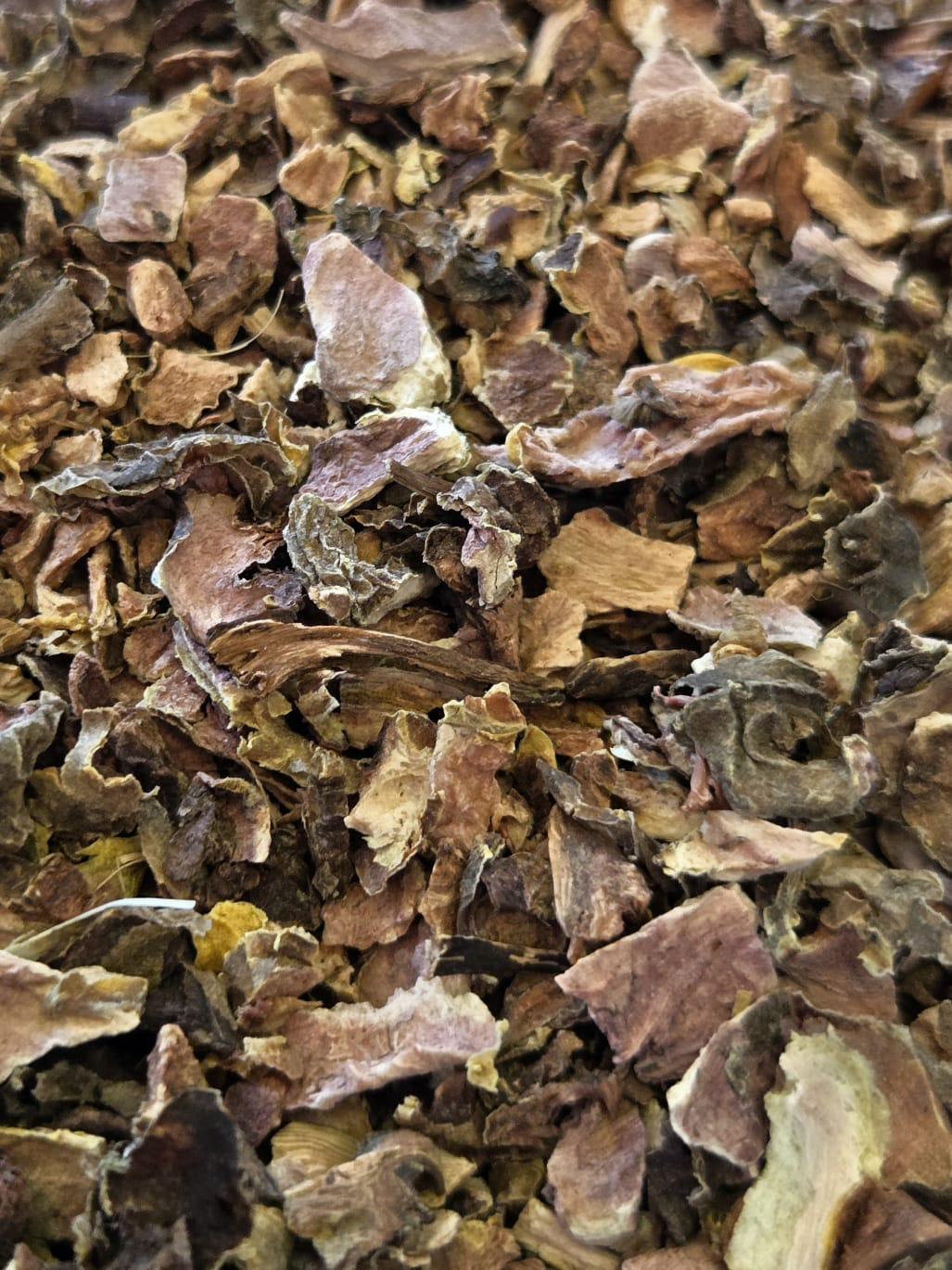
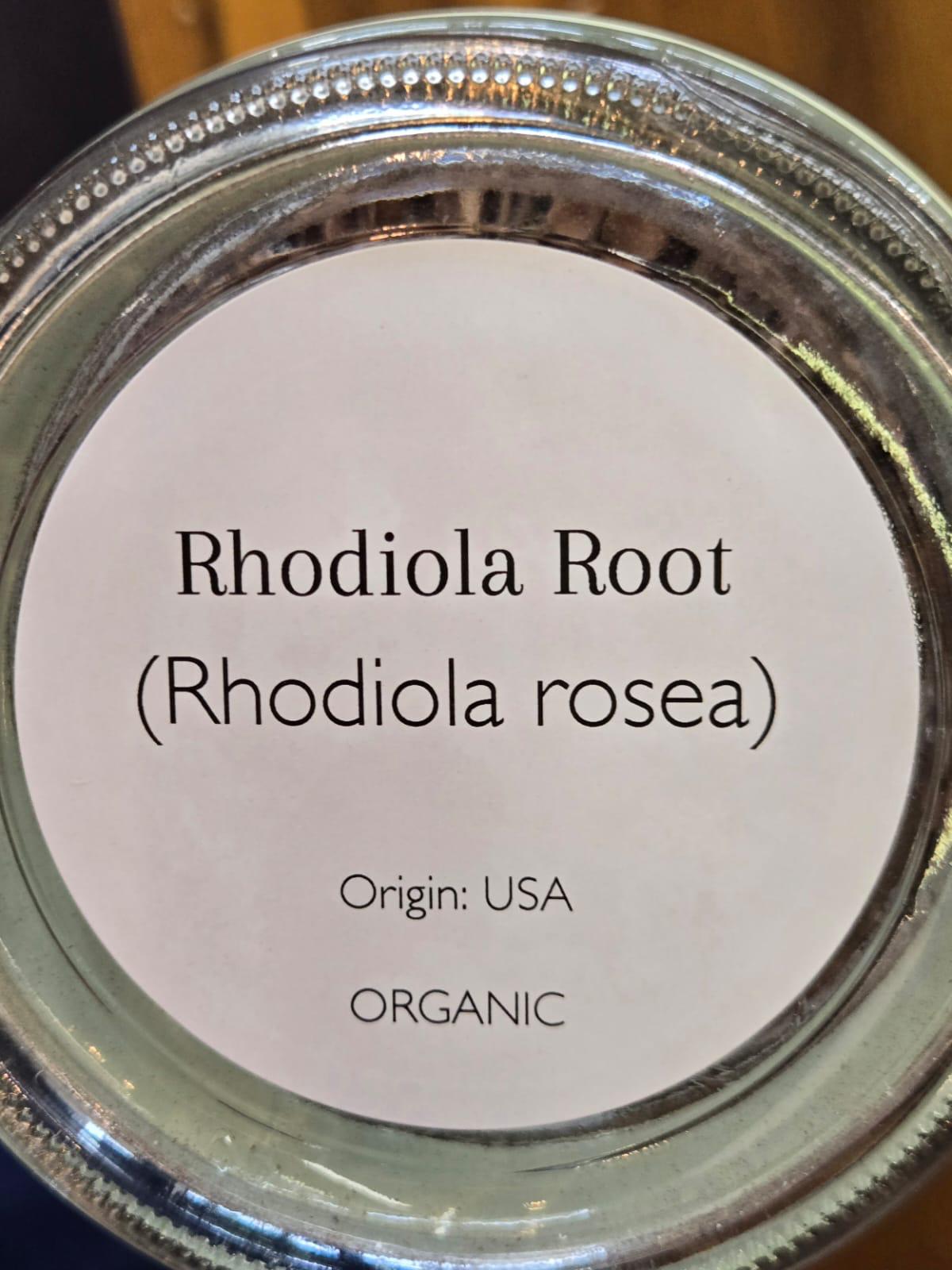
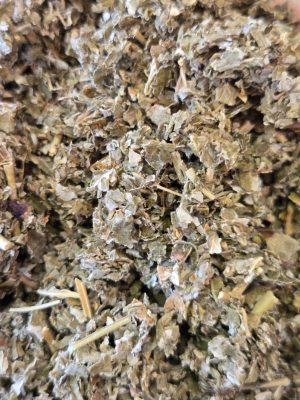
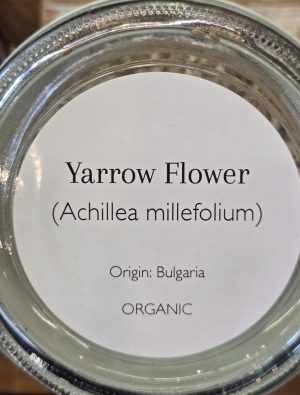
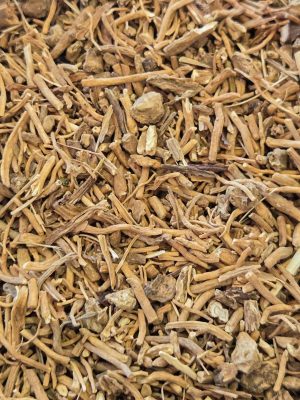
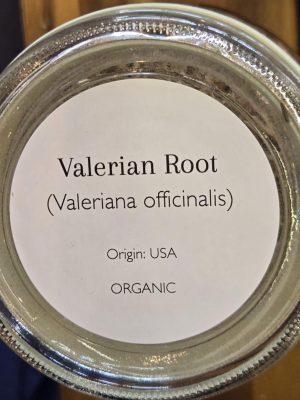
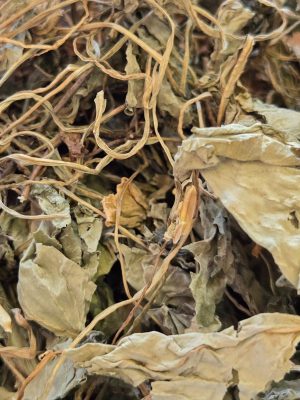
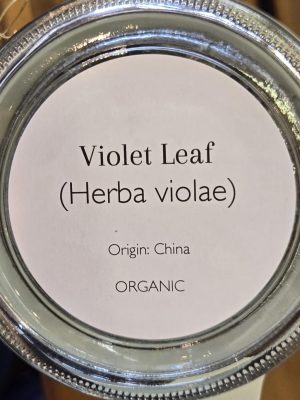
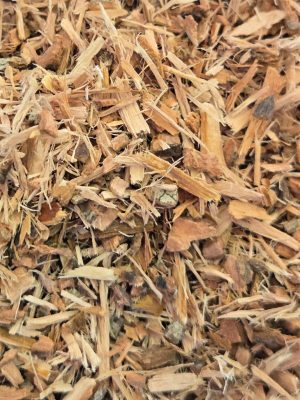
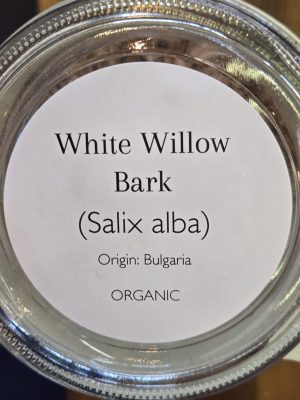
Reviews
There are no reviews yet.